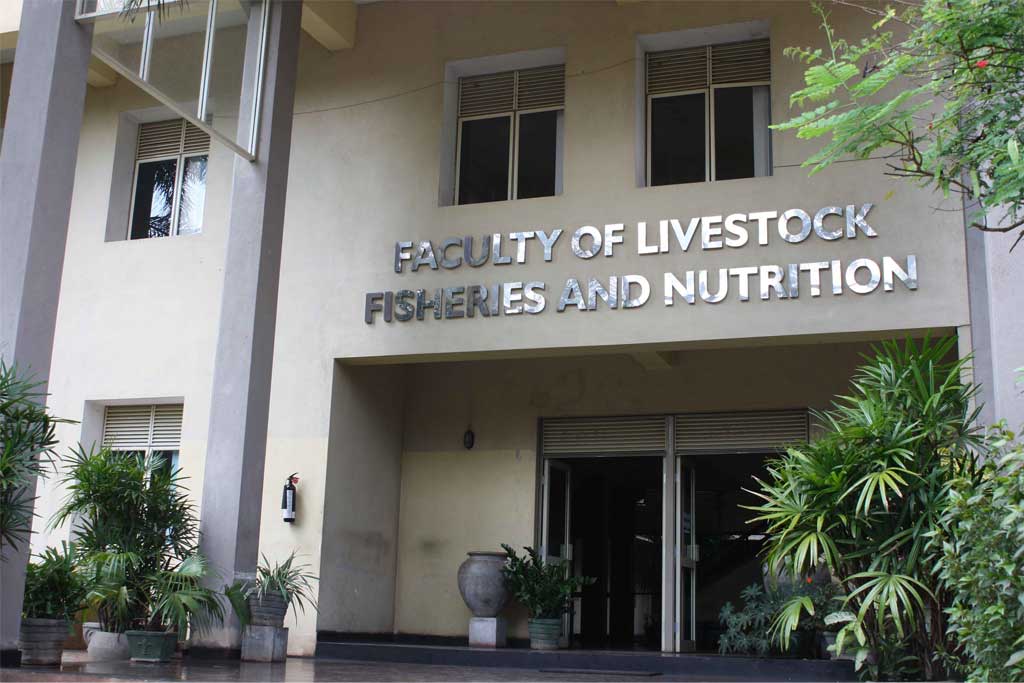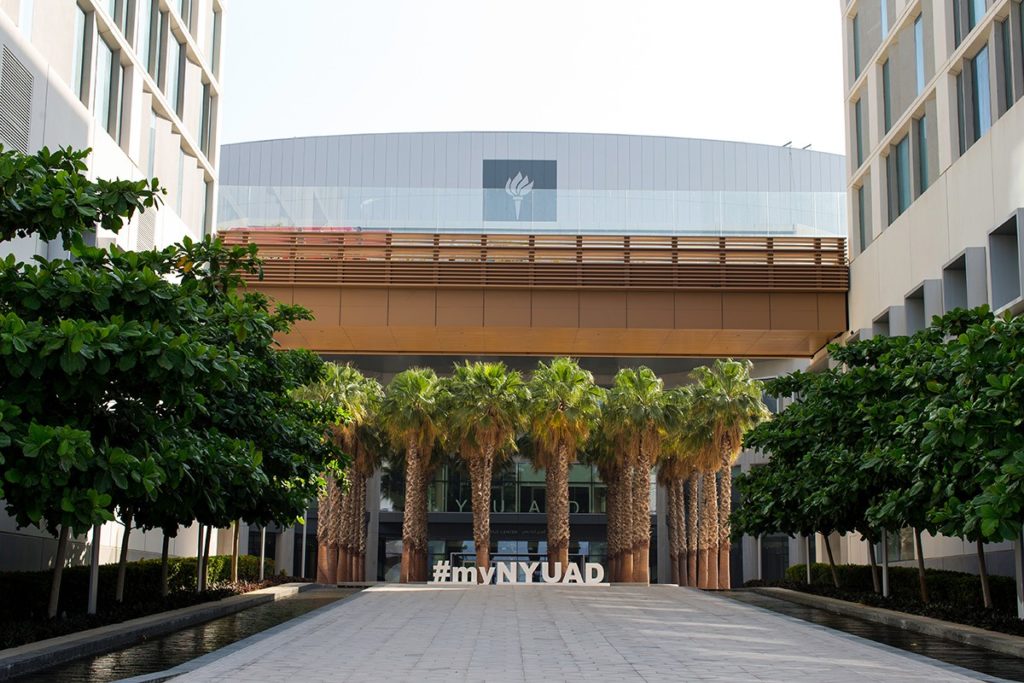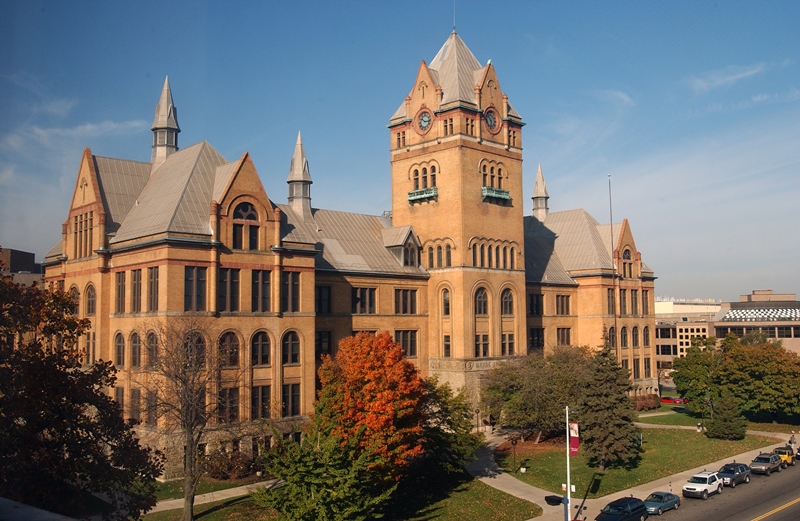Research at Wayamba University of Sri Lanka - Department of Food Science and Technology

Use of Information Technology in Food Science and Technology
- Use of deep learning for: disease detection of plants and crops, maintenance of safety procedures in industry settings, mobile app development involving deep learning, ripeness level identification.
- Creation of bioinformatics software for data gathering from online sources.
Postdoctoral research at New York University - Abu Dhabi branch

Computational analysis of the dominant forces that govern DNA condensation
Variation of free energy between DNA duplexes is calculated as they are brought together, using umbrella sampling molecular dynamics (using GROMACS package) and Weighted Histogram Analysis Method (WHAM). The dependence of this variation on the nucleotide sequence is also studied. The major interaction forces (i.e. electrostatic forces, hydration forces etc.) at different inter-axial distances are identified.
Modelling of calixarene nanosheet formation
Calixarenes are a class of cavitands that can be used for formation of nanosheets in the presence of different linker molecules. Modelling of layers of calixarene nanosheets using different linker molecules, calculation of their physical properties using equilibrium nanosheet structures were performed using Materials and Processes Simulations (MAPS) software platform.
Modelling of asphaltene aggregation under different solvent conditions
Aggregation of asphaltenes and the resulting clogging of petroleum tubing has become a major problem in the petroleum industry. Modelling of asphaltene molecules, solvent molecules, simulation of asphaltene aggregation under different solvent/solute concentrations was studied using Materials and Processes Simulations (MAPS) software platform.
Analysis of the effects of crowding agents on FRET sensor efficiency
Effect of the nature and the size of the crowding agents on the equilibrium distance between fluorescence donor and acceptor was studied using the GROMACS molecular dynamics software package.
PhD research at Wayne State University - United States

Computational analysis of the binding affinity of novel substrates for HDAC Class IIA enzymes
I performed docking studies of a set of novel substrates that are being experimentally tried as possible radiotracers to visualize the Class IIA histone deacetylase (HDAC) enzyme activity through PET imaging. Docking analyses were carried out using LeadIT and AutoDock software suites. Relative binding affinities, favorable binding modes and the underlying interactions were analyzed to explain mechanism of action.
Computational investigation of Mycobacterium tuberculosis inorganic pyrophosphatase (PPase) mechanism
PPase enzyme has been targeted as a possible drug target in undermining the metabolism of many pathogenic bacteria. This study was carried out using a novel set of crystal structures that shed light towards a new mechanism of action for M. tuberculosis PPase. A combination of experimental and computational tools was utilized for the analysis. Computational analyses involved QM/MM calculations performed using Gaussian/Tinker software suites to analyze the mechanism of action of M. tuberculosis PPase enzyme.
Computational analysis of ammonia transfer along two intra-molecular tunnels in Staphylococcus aureus glutamine-dependent amidotransferase (GatCAB)
Most bacteria and all archaea misacylate the tRNAs corresponding to Asn and Gln with Asp and Glu (Asp-tRNAAsn and Glu-tRNAGln).The GatCAB enzyme of most bacteria converts misacylated Glu-tRNAGln to Gln-tRNAGln in order to enable the incorporation of glutamine during protein synthesis. The conversion process involves the intramolecular transfer of ammonia between two spatially separated active sites. This study involved the analysis of two putative intramolecular tunnels that have been suggested to describe the ammonia transfer between the two active sites, using a combination of umbrella sampling MD (using AMBER software package) and WHAM.